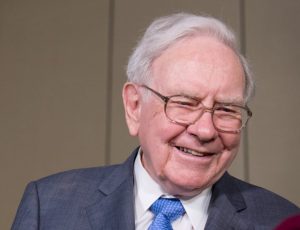Layoffs and other workforce reductions are continuing in 2025, following two years of significant job cuts across tech, media, finance, manufacturing, retail, and energy.
While the reasons for slimming staff vary, the cost-cutting measures are coming amid a backdrop of technological change. In a recent World Economic Forum survey, some 41% of companies worldwide said they expected to reduce their workforces over the next five years because of the rise of artificial intelligence.
Companies such as CNN, Dropbox, and IBM have previously announced job cuts related to AI. Tech jobs in big data, fintech, and AI are meanwhile expected to double by 2030, according to the WEF.
Jeff Bezos’s rocket company, Blue Origin, is laying off about 10% of its workforce, a move that could affect more than 1,000 employees.
In a memo sent to staff on Thursday obtained by Business Insider, David Limp, the CEO of Blue Origin, said the company’s priority going forward was “to scale our manufacturing output and launch cadence with speed, decisiveness and efficiency for our customers.”
Limp specifically identified roles in engineering, research and development, and management as targets.
“We grew and hired incredibly fast in the last few years, and with that growth came more bureaucracy and less focus than we needed,” Limp wrote. “It also became clear that the makeup of our organization must change to ensure our roles are best aligned with executing these priorities.”
The news comes after last month’s debut launch of the company’s partially reusable rocket — New Glenn.
Oil giant Chevron plans to cull 15% to 20% of its global workforce by the end of 2026, the company said in a statement to Business Insider on February 12.
Chevron employed 45,600 people as of December 2023, which means the layoff could cut 9,000 jobs.
The move aims to reduce costs and simplify the company’s business as it completes its acquisition of oil producer Hess, which is held up in legal limbo. It is expected to save the company $2 billion to $3 billion by the end of 2026, the company said.
“Chevron is taking action to simplify our organizational structure, execute faster and more effectively, and position the company for stronger long-term competitiveness,” a Chevron spokesperson said in a statement.



